Jesse Hildreth and Westside Road Cream Tea
8 years ago
last modified: 8 years ago
Featured Answer
Sort by:Oldest
Comments (28)
- 8 years agolast modified: 8 years ago
Related Discussions
My first Westside Road Cream Tea
Comments (7)I have this rose too and the first blooms were white and shapeless. Now it's more creamy and has a better form. I think it needs time to come into its own. I think another year should see lots of improvement. It's already a pretty little spreading bush, with lots of buds. Ingrid...See MoreWestside Road Cream Tea - Opinions?
Comments (2)I have WRCT in a pot and it is in its second year. The blooms are beginning to have more petals. The color is more white than cream, though it does sometime exhibit some pink or cream tints. I notice that on the Vintage website, it is described as white or 'paper white to cream.' I really like this rose now that the petals are filling out. I just went out to look at the latest blooms and they do have peachy-cream centers--a little like Devoniensis....See MoreWestside Road Cream Tea
Comments (10)Add me to the list of those who ordered WRCT because it was reported to remain relatively small. Now near the end of its second season, it's apparent that mine soon will outgrow its space. I've not decided if it will be moved early next spring, or if I'II move some adjacent plants to give WRCT more room. Now Jeannie's report above throws me into even more of a quandary. IIRC, Ingrid was the enabler who caused my impulvsive purchase of WRCT (simultaneous with "Romaggi Plot Bourbon"). I think she reported here that her specimen also is proving to be larger than expected. I hope she will check in here to give a current report....See More"Jesse Hildreth" and "Westside Road Cream Tea", continued
Comments (60)Something to keep in mind about this family of roses is their rather similar -- and often inbred -- ancestry. Jaune Desprez = Blush Noisette X Park's Yellow Lamarque = Blush Noisette X Park's Yellow Smith's Yellow = Blush Noisette X Park's Yellow So these are siblings, if the reported parentage for each is correct. Then things get incestuous. Devoniensis = Park's Yellow X Smith's Yellow Le Pactole = Lamarque X Park's Yellow Safrano = Park's Yellow X Jaune Desprez Genetically, the second group of three would be 3/4 Park's Yellow and 1/4 Blush Noisette, and would essentially be as similar to each other as would be siblings, like the first three. If you then look up roses listed just as being "seedling of..." any of the three above, and keep in mind that they're likely to be self-seedlings, one can see how easily a "family resemblance" emerges. Seedlings of Devoniensis with no other parent reported: Alba Rosea aka Isidore Malton Cornelia Cook (or Koch) Desantres Edouard Gauthier Seedlings of Le Pactole with no other parent reported: Caroline Kuster Paradine Seedlings of Safrano with no other parent reported: Amazone Bloomfield Quakeress Caroline Cook Mme Falcot (and I won't even begin to follow Mme Falcot's long line of descendants) St. Mary's Rose Therese Welter Some other further inbred offspring from this family: Jean Pernet = Devoniensis X Safrano America = Solfatere [which was a seedling of Lamarque] X Safrano Golden Gate = Safrano X Cornelia Cook -- and might this be Jesse? Good luck to Malcolm's student(s) trying to match things up in this family! Kinda reminds me of Anne Rice's book The Witching Hour. Except in this family, the goal was to combine and maximize carotenoids from R. moschata and Park's Yellow to make "yellower" Teas. :-) ~Christopher...See More- 8 years agolast modified: 8 years ago
- 8 years agolast modified: 8 years ago
- 8 years ago
- 8 years ago
- 8 years ago
- 8 years agolast modified: 8 years ago
- 8 years ago
- 8 years ago
- 8 years ago
- 8 years ago
- 8 years ago
- 8 years ago
- 8 years ago
- 8 years ago
- 8 years ago
- 8 years ago
- 8 years agolast modified: 8 years ago
- 8 years agolast modified: 8 years ago
- 8 years ago
- 8 years ago
- 8 years ago
Related Stories

DECORATING GUIDESRoom of the Day: A Family Room That’s Up to the Challenge
An invitation to do a makeover inspires an interior designer to revitalize her family room with bold colors and prints
Full Story


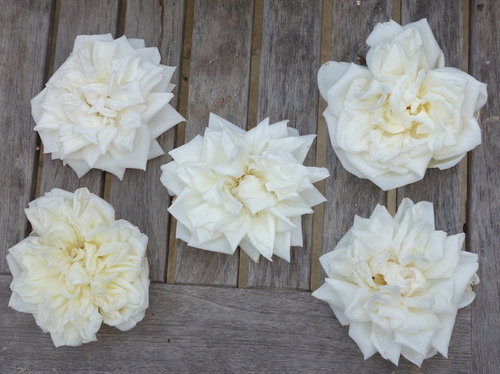
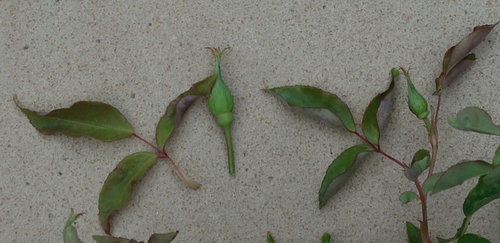
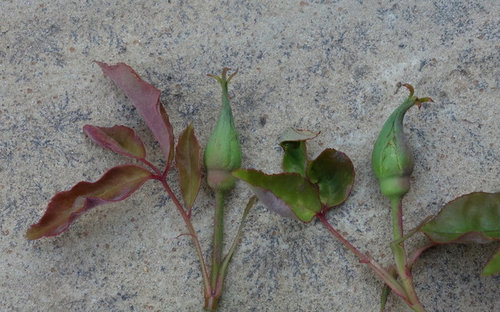
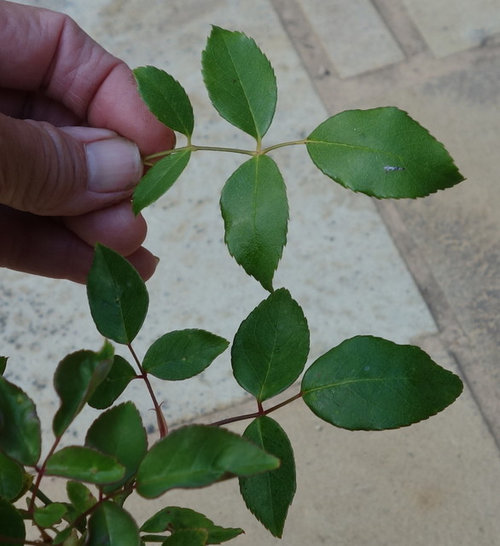
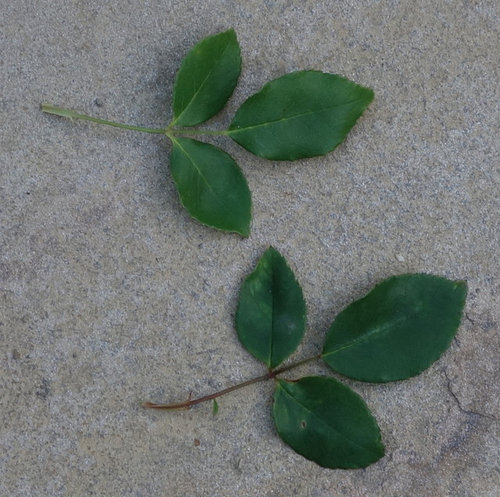
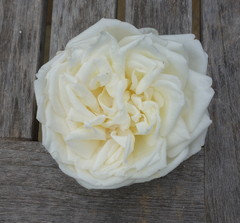
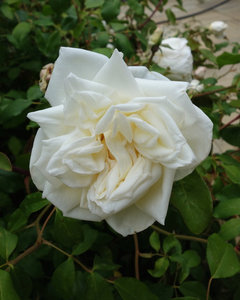
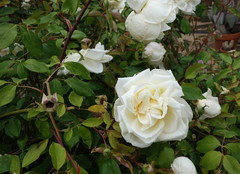
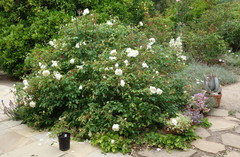
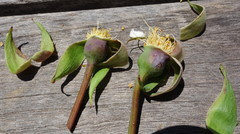
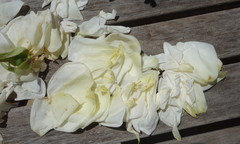
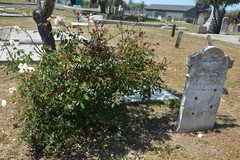
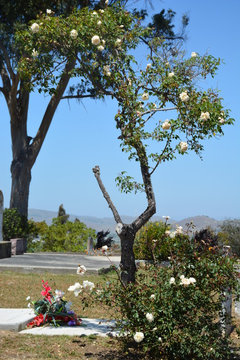
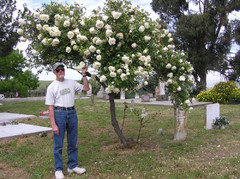
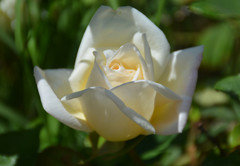
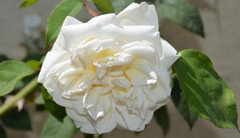
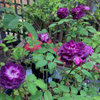
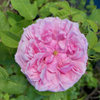

jerijen